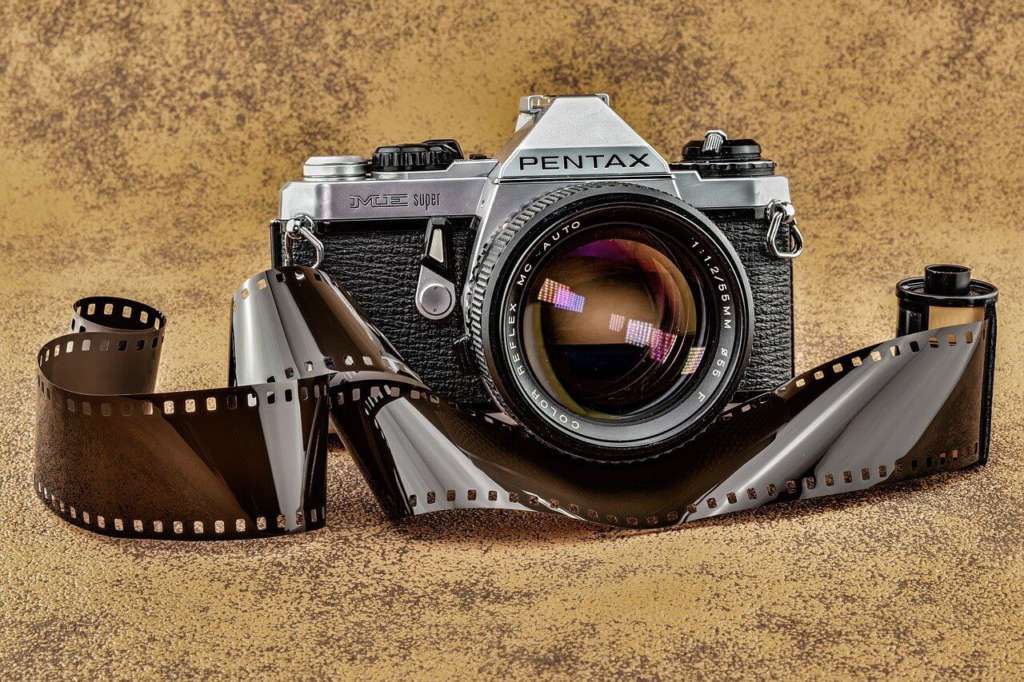
Is Smartphone Photography the Future of eCommerce?
The importance of product photography lies in the fact that it directly impacts a brand’s perceived value. Since buyers cannot get a physical look and feel of the product, they rely on product images while making a decision. Almost 93% of consumers consider visual appearance to be the key deciding factor while making a purchase decision.
Moreover, there has been a strong uptake of online shopping due to Covid-19 enforced restrictions. A report by UNCTAD suggests that the global share of eCommerce in retail increased from 14% to 17%. This suggests a shift towards a more digital world; a world where smartphone photography will come to the fore.
Until a few years ago, photography was reserved exclusively for people who could afford professional-quality photography equipment. However, that’s no longer the case. The improved access to technology and the rise of smartphone photography have changed the dynamics.
Thanks to computational photography, artificial intelligence (AI), image manipulation, and other technological advancements, smartphone cameras have become efficient in producing images similar to those of digital cameras.
This is an exciting development for product photography since eCommerce sellers no longer need to rely on expensive photography equipment to get high-quality product photos.
So, in this article, let’s discuss what smartphone photography could mean for the future of eCommerce. But first, let’s begin by understanding the rise of smartphone photography.
Evolution of smartphone photography
Smartphone photography has come a long way in recent years. In the 2000s, when the first phone camera was launched, no one could have imagined these cameras to compete with professional-quality cameras.
Let’s have a look at the evolution journey of smartphone photography.
Film cameras
The journey started with film cameras that worked by exposing chemically-treated strips of film to light, using a lens. These film-based cameras used to be really big in size and the photographers had to work in dark rooms to develop photos.
Soon, cameras became smaller in size but people still had to wait for days to get their photographs.
Digital cameras
Digital cameras revolutionized photography in the sense that people no longer needed to wait for days to have their pictures developed in dark rooms. The digital cameras allowed people to take pictures and view them immediately on their screens.
Moreover, having storage drives allowed people to take as many pictures as they wanted. This whole process was much user friendly than in film-based cameras.
Smartphone cameras
Eventually, smartphones changed the entire landscape of photography. Smartphones allowed people to do everything on a single device including clicking photos.
People no longer needed to attach physical filters to cameras. Moreover, smartphones gave people the freedom to upload their images directly on the internet without having to first share the images on personal computer devices.
The future is computational photography
The future of smartphone photography lies in computational photography. It involves using digital technologies like AI to enhance the quality of the images. The concept of computational photography was first made popular by Google when the company launched its Pixel series of phones.
Capturing any image digitally has two main components – physical component and image processing.
The physical component is the process of the lens capturing the photograph. This aspect depends on the size of the camera sensor, lens speed, and focal length. The physical component is where professional cameras really shine.
The second aspect of digital image capture is image processing.
This is the part where the software uses computational techniques to enhance the quality of a photo. These techniques can vary from smartphone to smartphone. Few commonly used computational photography techniques are focus stacking, pixel binning, and using neural networks.
As a result of these computational techniques, we have various modern-day camera features like night mode, HDR, astrophotography, panorama, deep fusion, color toning, etc.
Why smartphone photography makes sense for eCommerce?

Today, around 85% of the people worldwide own a smartphone, meaning that a lot of people have access to smartphone cameras. Moreover, the ever-increasing quality of smartphone cameras makes it easy for people to quickly click high-quality photos.
Therefore, smartphone photography is ideal for people who are looking for a low-threshold entry for product photography. Some of the major benefits of smartphone photography over traditional photography for eCommerce product photographs include –
Availability
The biggest advantage of a smartphone camera is that you can always keep it with you. Whenever you want to take pictures of the product, you can simply pull it out of your pocket and take a shot. There’s no need to carry around heavy camera equipment.
That’s another benefit of using mobile cameras. They are lightweight and convenient to carry around. Having a camera at your disposal can be a huge advantage.
Easy editing
A unique benefit of mobile photography is that one can edit photos on the go. Unlike a digital camera, one doesn’t need to first transfer the files to a computer and then edit them. With a smartphone, one can easily launch a specific photo editing app and quickly make adjustments to the photos.
Quick sharing
Having a smartphone ensures that one can immediately share pictures with other people through messaging or direct wireless transfer. No other type of camera can have this kind of convenience. One can also share pictures easily on various social media platforms to increase brand visibility.
Cloud backup
Another big advantage of smartphone photography is that one can easily back up photos to the cloud. This assures the pictures’ safety even in case of device loss, device damage, or any other issue.
Computational capabilities
A highlight of smartphone cameras is their computational capabilities. Computational photography can significantly improve the quality of photographs, making the images comparable to professionally shot photos. As discussed earlier, the computational capabilities of smartphone cameras provide features like HDR, night sight, panorama, etc.
Conclusion
Smartphone photography has come a long way in recent years. It can hold its own when it comes to image quality. Through computational photography, image manipulation, and data science, smartphones can create high-quality images that are ideal for eCommerce platforms.
If you are also looking for such advanced mobile solutions to help you with image creation then Dresma can be of help. Through our AI-powered image creation workflows, DoMyShoot and DresmaPost, we support large-scale visual content creation for eCommerce businesses. Our solutions can enable instant scaling and hyper-personalization.
To know more, simply visit us at dresma.ai





